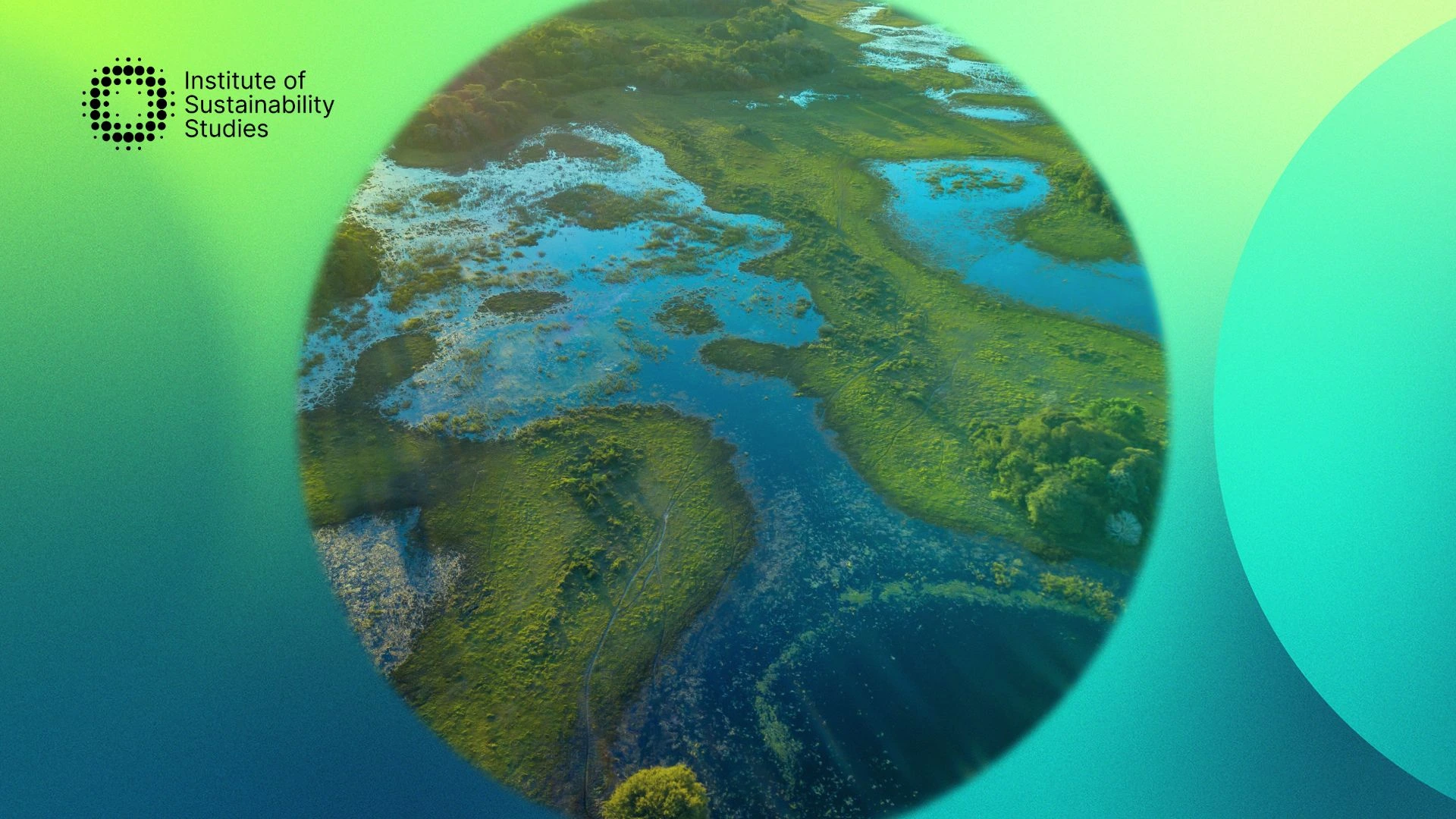According to the WWF, three-quarters of all land on Earth has been significantly affected by human activity. As urbanisation continues and biodiversity loss is on the rise, sustainability management only become more integral to reviving urban biodiversity and restoring nature.
As a critical component of sustainable cities, urban biodiversity contributes significantly to ecological health, human well-being, and the resilience of urban ecosystems. Despite this, maintaining biodiversity in cities remains challenging. Continue reading as we explore the role of green spaces in enhancing urban biodiversity and strategies for integrating wildlife into urban planning.
What is urban biodiversity?
Urban biodiversity refers to the variety and abundance of living organisms, including plants, animals, fungi, and microorganisms, that exist within urban areas. It encompasses both the native species that have adapted to urban environments and the non-native species that have been introduced by human activities. Urban biodiversity is a critical component of green cities, contributing to ecological health, human well-being, and the resilience of urban ecosystems.
Challenges cities face in maintaining biodiversity
Cities face numerous challenges in maintaining biodiversity due to the unique pressures of urban environments. Below are some key challenges.
Urban development
The expansion of cities often leads to the destruction of natural habitats to make way for buildings, roads, and other infrastructure. This reduces the available space for wildlife and disrupts ecosystems.
Fragmentation of green spaces limits the movement and genetic exchange between populations of species, making them more vulnerable to extinction.
Lack of green spaces
Urban areas often lack sufficient green spaces, such as parks, gardens, and forests, which are critical for supporting biodiversity.
The existing green spaces are often isolated from each other, creating “islands” that cannot sustain large or diverse populations of species.
Air pollution
Emissions from vehicles, industries, and other sources contribute to air pollution, which can harm both plant and animal life in urban areas.
Pollutants such as nitrogen oxides and particulate matter can alter the composition of ecosystems and reduce biodiversity.
Water pollution
Runoff from roads, industrial sites, and residential areas can carry pollutants into rivers, lakes, and wetlands, harming aquatic life.
Contaminants such as heavy metals, chemicals, and plastics can have toxic effects on marine and freshwater species.
Soil pollution
Contamination from industrial activities, waste disposal, and the use of pesticides and fertilisers can degrade soil quality and affect plant health.
Polluted soils can also impact the microorganisms and invertebrates that play crucial roles in soil ecosystems.
Non-native species introduction
Human activities, such as trade and travel, can introduce non-native species to urban environments. These invasive species can outcompete, prey on, or bring diseases to native species, reducing local biodiversity.
Urban environments often lack the natural predators and competitors that keep invasive species in check, allowing them to proliferate.
Climate Change
Increased frequency and intensity of extreme weather events, such as storms, floods, and droughts, can damage habitats and disrupt the life cycles of urban species.
Changes in precipitation patterns can affect water availability and quality, impacting both terrestrial and aquatic ecosystems.
How green spaces contribute to urban biodiversity and the ecological benefits
Green spaces are vital to urban biodiversity and provide numerous ecological benefits that enhance the quality of life in cities. These areas, which include parks, gardens, green roofs, and urban forests, serve as habitats for a wide variety of plant and animal species. By offering refuge in densely built environments, green spaces support both native and migratory species, fostering biodiversity.
They act as crucial links in urban ecological networks, facilitating the movement and interaction of species across fragmented urban landscapes. This connectivity helps maintain genetic diversity and the resilience of urban ecosystems. The ecological benefits of green spaces extend beyond biodiversity support. They play a critical role in mitigating the urban heat island effect by providing shade and cooling, which helps to lower temperatures in cities.
This cooling effect is particularly important in the face of climate change, as it can reduce energy demand for air conditioning and mitigate heat-related health issues. Green spaces also improve air quality by filtering pollutants and producing oxygen through photosynthesis. Additionally, they contribute to stormwater management by absorbing rainwater, reducing runoff, and mitigating flooding.
The presence of vegetation in urban areas helps to stabilise soil, reduce erosion, and support the cycling of nutrients, further enhancing the ecological health of cities. Through these multifaceted contributions, green spaces not only bolster urban biodiversity but also provide essential ecosystem services that benefit both nature and human populations.
How wildlife can be integrated into urban planning
Integrating wildlife into urban planning requires a thoughtful approach that balances human needs with the preservation and enhancement of natural habitats. Below are some key strategies to achieve this integration.
Parks and natural reserves
Designate and protect areas within cities as parks, nature reserves, and urban forests to provide habitats for wildlife. These spaces should be interconnected to allow for the movement and interaction of species.
Green corridors
Develop green corridors that connect isolated green spaces, facilitating the movement of wildlife and maintaining genetic diversity. These can include linear parks, tree-lined streets, and waterways.
Green roofs and walls
Encourage the installation of green roofs and living walls on buildings. These features can provide habitat for birds, insects, and plants, contributing to urban biodiversity.
Permeable surfaces
Use permeable materials for pavements and roads to reduce runoff and create a more hospitable environment for plant growth and soil organisms.
Wildlife-friendly landscaping
Design public and private spaces with native plants that provide food and shelter for local wildlife. Avoid invasive species that can outcompete native flora and fauna.
Water features
Incorporate ponds, streams, and wetlands in urban design to support aquatic and semi-aquatic species. Ensure these features are maintained to prevent pollution and degradation.
Zoning laws
Implement zoning regulations that protect critical habitats and biodiversity hotspots within urban areas. Restrict development in these zones to minimise habitat loss and fragmentation.
Conclusion
Maintaining and enhancing urban biodiversity is essential for creating sustainable and resilient cities. Parks, green corridors, green roofs, and water features provide habitats and connectivity for wildlife, while sustainable landscaping and zoning laws ensure long-term conservation of biodiversity hotspots.
By adopting these practices, cities can support diverse biological communities, improve ecological health, and provide essential ecosystem services, ultimately benefiting both nature and human populations. The commitment to urban biodiversity is not just an environmental imperative but also a pathway to healthier, more livable urban environments.










